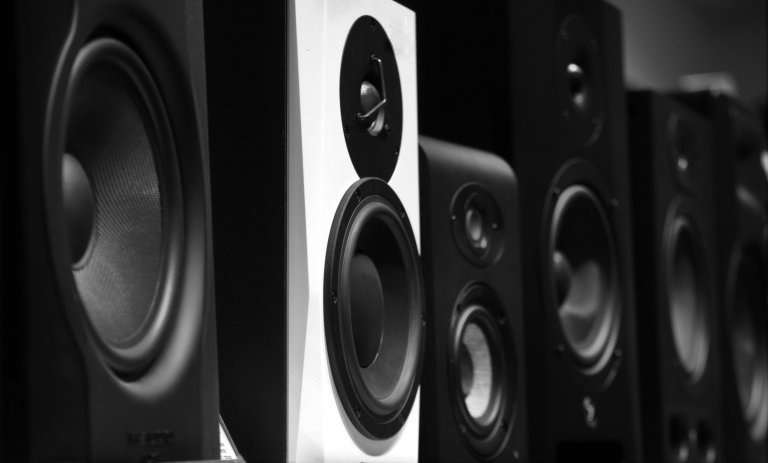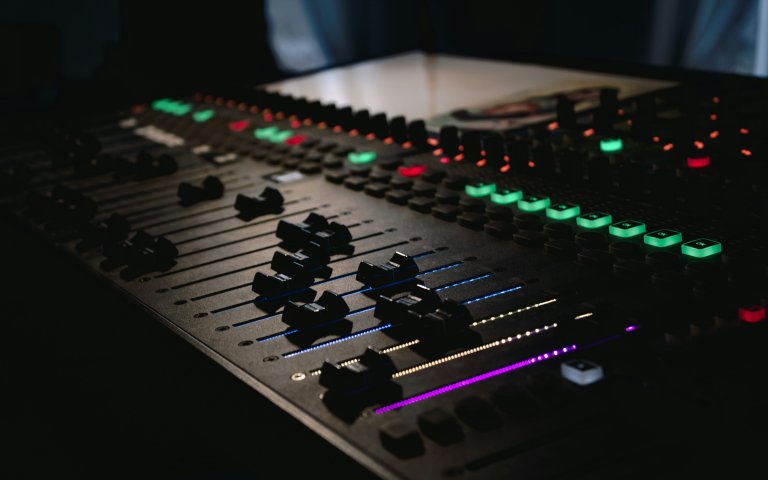Comprehending Several Types Of Headphones
Headphones have become an essential accessory in today’s digital world. Whether you are listening to your favorite music, watching a movie, or playing video games, headphones provide a more immersive and personal audio experience. However, with so many types of headphones available in the market, it can be overwhelming to choose the right one for your needs. In this article, we will take a look at the different types of headphones and their unique features to help you understand which one is right for you.
In-ear headphones
In-ear headphones, also known as earphones or earbuds, are the most common type of headphones. They are small, lightweight, and compact, making them highly portable. They are designed to fit inside your ear canal, creating a seal that blocks out ambient noise and provides a more immersive sound experience. In-ear headphones come in two types: wired and wireless. Wired earphones have a 3.5mm audio jack that can be plugged into any device with a compatible port, while wireless earphones use Bluetooth technology to connect to your device. In-ear headphones are perfect for people who are always on the go and want a compact audio solution.
On-ear headphones
On-ear headphones, also known as supra-aural headphones, sit on top of your ears without completely covering them. They are larger than in-ear headphones and have padded ear cups that rest on your ears. On-ear headphones come in wireless and wired options, with the wired ones having a 3.5mm audio jack. They provide better sound quality than in-ear headphones and are more comfortable to wear for extended periods. However, they do not provide as much noise isolation as in-ear headphones, and the sound may leak out, disturbing those around you. On-ear headphones are suitable for people who want better sound quality and comfort without compromising portability.
Over-ear headphones
Over-ear headphones, also known as circumaural headphones, are the largest type of headphones. They have padded ear cups that cover your entire ear, providing excellent noise isolation and immersive sound experience. Over-ear headphones come in wired and wireless options, with the wired ones having a 3.5mm audio jack. They are the best choice for audiophiles because of their superior sound quality. They are also great for use in loud environments, such as airplanes or trains, as they block out most external noise. Over-ear headphones are ideal for people who prioritize sound quality and want the best noise isolation.
Open-back headphones
Open-back headphones are a type of over-ear headphones that have open backs instead of closed ones. Open-back headphones do not have sealed ear cups, which allows the sound to escape. This design results in a more natural and spacious sound, but it also means that external noise can be heard. Open-back headphones are not suitable for use in noisy environments but are perfect for audiophiles who want an accurate and natural sound experience.
Closed-back headphones
Closed-back headphones, on the other hand, have sealed ear cups that prevent sound from escaping. They are the most common type of over-ear headphones and provide excellent noise isolation. They are suitable for use in loud environments and are popular among gamers and DJs. Closed-back headphones also have better bass response compared to open-back headphones, making them a favorite among bass lovers.
Noise-canceling headphones
Noise-canceling headphones use advanced technology to actively cancel out external noise. They have built-in microphones that pick up ambient noise and cancel it out by producing an inverse sound wave. This feature makes noise-canceling headphones perfect for use in noisy environments, such as on airplanes or in busy offices. They also have great sound quality and provide excellent noise isolation. However, noise-canceling headphones are usually more expensive than other types of headphones.
Audiophile headphones
Audiophile headphones are high-end headphones designed for audiophiles who want the best sound quality. They typically come in over-ear or open-back designs and use premium materials to provide superior sound and comfort. These headphones have a flat frequency response, which means they reproduce sound as accurately as possible, making them the preferred choice for audio professionals. Audiophile headphones can be wired or wireless and come with a hefty price tag.
Conclusion
Choosing the right type of headphones depends on your personal preferences, budget, and intended use. In-ear headphones are ideal for people who prioritize portability and convenience, while on-ear and over-ear headphones are for those who want better sound quality and comfort. Open-back headphones are perfect for audiophiles who want natural and accurate sound, and noise-canceling headphones are great for use in noisy environments. Audiophile headphones are for those who are serious about sound quality and are willing to invest in a premium audio experience. We hope this article has helped you understand the different types of headphones and choose the right one for your needs.




